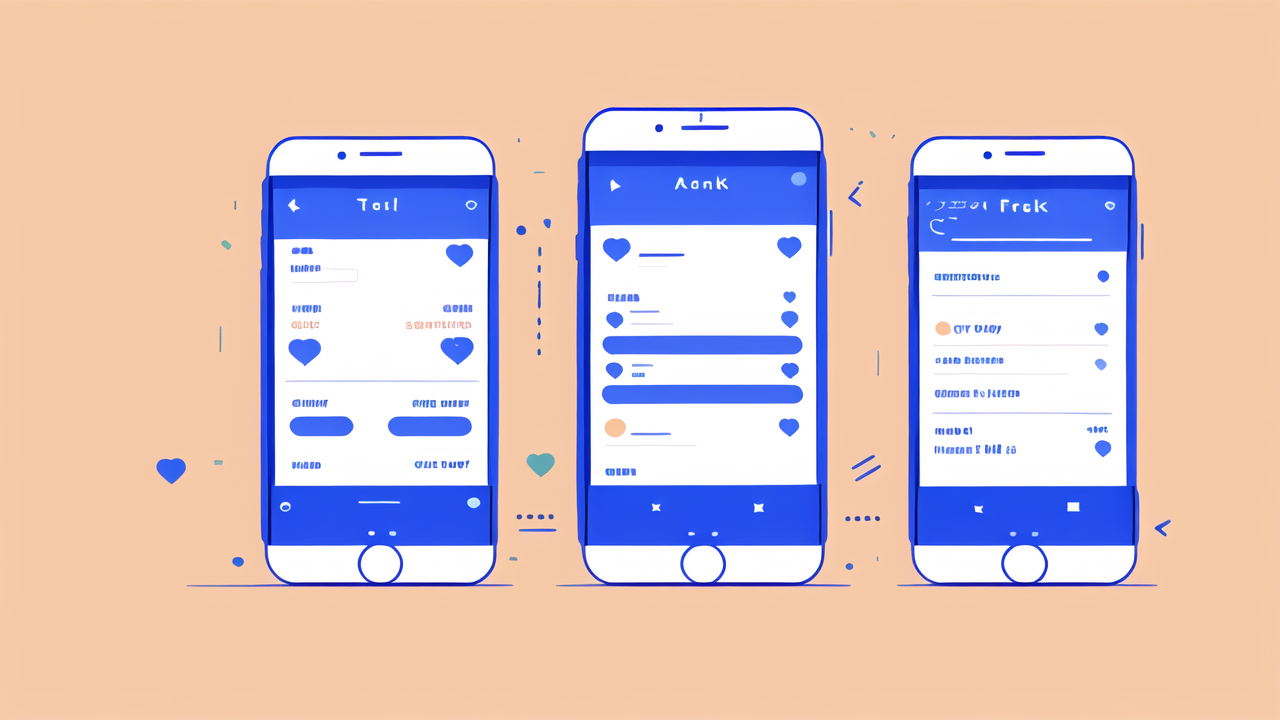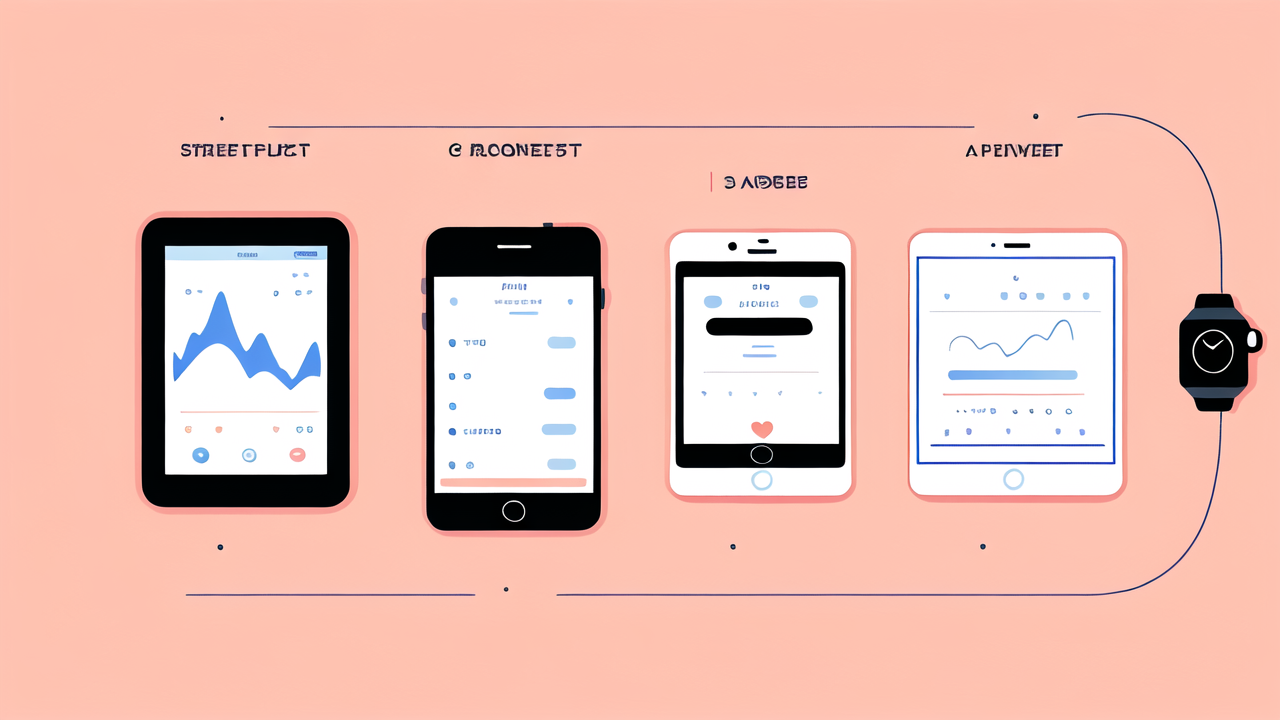Introduction to Activity Tracking
What is an Activity Tracker?
An activity tracker is a wearable device that monitors and records fitness-related data. It tracks steps, calories burned, heart rate, and sleep patterns. These gadgets help users stay motivated and reach their fitness goals. Most trackers sync with smartphones or computers to display data. They come in various forms, like wristbands, watches, or clip-on devices. Activity trackers are popular among fitness enthusiasts and casual exercisers alike.

The Importance of Activity Tracking for Fitness
Activity tracking is crucial for fitness success. It provides real-time feedback on your physical activity levels. This data helps you set realistic goals and monitor progress. Tracking motivates you to move more and make healthier choices. It also helps identify patterns in your behavior. You can see how sleep affects your workouts or how stress impacts your heart rate. With this info, you can make informed decisions about your health and fitness routine.
The Evolution of Activity Tracking Technology in the US
Activity tracking tech has come a long way in the US. It started with simple pedometers in the 1960s. These devices only counted steps. In the 2000s, more advanced trackers emerged. They could measure distance and calories burned. The 2010s saw a boom in wearable tech. Smartwatches and fitness bands became popular. Today's trackers offer features like GPS, heart rate monitoring, and sleep analysis. They're more accurate and user-friendly than ever. The US market continues to drive innovation in this field.
Key Features of Top Activity Trackers
Accuracy and Reliability
Top activity trackers prioritize accuracy and reliability. They use advanced sensors to collect data. These sensors measure steps, heart rate, and sleep patterns with precision. Many trackers now use GPS for accurate distance tracking. Some even offer altitude measurements for hikers and climbers. Reliability is key for consistent data collection. The best trackers work in various conditions, from rain to intense workouts. They also have long battery life to ensure uninterrupted tracking.

User-Friendly Interfaces
User-friendly interfaces are essential for activity trackers. They make data easy to understand and use. Most top trackers have clear, colorful displays. They show key stats at a glance. Many use touchscreens for easy navigation. companion apps offer more detailed insights. These apps often have intuitive dashboards and graphs. They help users spot trends and set goals. Some trackers use vibrations or sounds for alerts. This makes it easy to stay informed without looking at the device.
Compatibility with Popular Fitness Platforms
Top activity trackers work well with popular fitness platforms. This integration enhances the user experience. Many trackers sync with apps like MyFitnessPal or Strava. This allows for comprehensive health and fitness tracking. Users can log workouts, meals, and track progress in one place. Some trackers also connect with smart home devices. They can control music or smart lights during workouts. Compatibility with health apps like Apple Health or Google Fit is common. This lets users share data with healthcare providers easily.
The Best Activity Trackers in the Fitness Industry
Leading Brands and Their Market Share
The activity tracker market is dominated by a few key players. Fitbit leads with about 30% market share. Apple follows closely with its Apple Watch line. Garmin is popular among serious athletes. Samsung and Xiaomi are growing in popularity. These brands offer a range of products at different price points. Fitbit focuses on dedicated fitness trackers. Apple and Samsung integrate tracking into smartwatches. Garmin targets outdoor enthusiasts and athletes. Xiaomi offers budget-friendly options without sacrificing features.

Innovative Features that Set Them Apart
Top activity trackers stand out with unique features. Some offer ECG monitoring for heart health. Others have built-in GPS for accurate route tracking. Advanced sleep tracking is becoming common. It analyzes sleep stages and offers improvement tips. Some trackers now measure blood oxygen levels. This is useful for altitude training and overall health. Stress monitoring through heart rate variability is another innovative feature. Many now offer on-device workout coaching. This provides guidance without needing a phone nearby.
Expert Recommendations for Different Fitness Goals
Experts recommend different trackers based on fitness goals. For beginners, simple step counters work well. They motivate users to move more. Runners benefit from trackers with built-in GPS and advanced metrics. Swimmers should look for waterproof devices with swim tracking. For overall health, trackers with heart rate and sleep analysis are best. Those focused on weight loss might prefer trackers that integrate with calorie counting apps. Serious athletes often choose Garmin for its detailed performance metrics. For everyday wear, smartwatches like Apple Watch or Fitbit Versa are popular choices.




Leave a comment
This site is protected by hCaptcha and the hCaptcha Privacy Policy and Terms of Service apply.